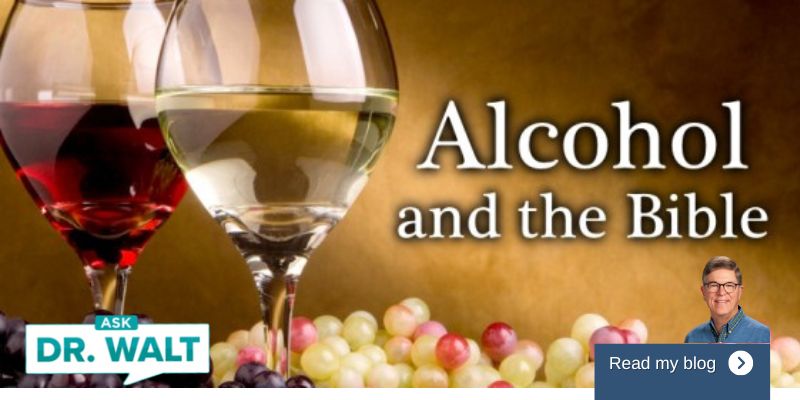What Natural Medications are Possibly Effective for the Common Cold?
February 11, 2011Is Chocolate the Next Super Food?
February 14, 2011For many, Valentine’s Day is the greatest of holidays, because it celebrates love and ardor. One of the most widely offered Valentine’s Day gifts is chocolate. Chocolate is a complex material possessing numerous compounds, which act upon the brain, producing a sense of delight that no other substance can replicate.
Chocolate is surprisingly good for health, especially for the heart. Cocoa, the primary ingredient in finished chocolate, is rich in antioxidant polyphenols, a group of protective chemicals found in many plant foods including red wine and tea.
Here are some more details about the health benefits of chocolate from Fox News:
Our interests here concern enhancement of mind and mood, and the experience of love. In this regard, the first two compounds in chocolate to consider are caffeine and theobromine.
Caffeine, an alkaloid, is the most widely consumed stimulant on earth.
According to numerous medical studies, caffeine is beneficial to overall health. Caffeine stimulates the central nervous system, stimulates the flow of blood in the brain, and increases secretion of the very important neurotransmitter serotonin. Caffeine enhances alertness, facilitates thought formation and decreases fatigue. This alkaloid also improves mood overall, lifts the spirits, and enhances both cardiovascular function and respiration.
Taken by adults at a dose of 300 milligrams or less per day, caffeine is safe and beneficial.
Chocolate is a modest caffeine source, with a 50 gram piece of dark chocolate yielding between 10 and 60 milligrams of caffeine, as compared with a five ounce cup of coffee, which can yield up to 180 milligrams. Modest amounts of caffeine in chocolate provide a healthy stimulant effect, suitable for consumption by all adults and children, except for the unusually sensitive or hyperactive.
Theobromine, caffeine’s chemical cousin, occurs at a greater concentration, about 250 milligrams in a 50 gram bar of dark chocolate. Like caffeine, theobromine is a central nervous system stimulant, though it is milder in its effects. Theobromine is a stronger cardiac stimulant than caffeine and not nearly as well studied. This compound has a different chemical structure, and is presumed to possess unique mood enhancing effects.
Chocolate gets right to the heart of sexual pleasure by increasing the brain’s level of serotonin, the feel-good brain chemical.
Serotonin plays a major role in positive mood, emotional health, proper sleep and balanced appetite, contributing to numerous behavioral and physiological functions. Decreased serotonin is a well-known factor in cases of depression. Increased brain serotonin promoted by chocolate increases sexual excitation, desire and responsiveness.
Women have more serotonin in their systems than men and appear to be more sensitive to chocolate. Chocolate provides a mood boost to women during PMS and menstruation, when serotonin levels are often down. It also puts women in the mood for love.
Men and women with depleted serotonin levels demonstrate increased aggressive sexual tendencies, a higher rate of masturbation, and increased promiscuity.
Violence, aggressive behaviors, and higher rates of suicide have all been associated with reduced brain levels of serotonin. Many people consume chocolate as a form of self-medication, whether they are aware of the fact or not. Chocolate’s serotonin elevating activity helps to modify mood in positive ways and acts as a sexual sweetener. These serotonin-related effects enhance the sense of closeness between lovers.
Probably the most influential love compound in chocolate is PEA, phenethylamine. This chemical, which occurs in chocolate in small quantities, stimulates the nervous system and triggers the release of pleasurable opium-like compounds known as endorphins.
PEA also potentiates the activity of dopamine, a neurochemical directly associated with sexual arousal and pleasure. PEA acts as a potent antidepressant in both sexes and rises during periods of romance.
The giddy, restless feelings that occur when we are in love are due to a great extent to PEA, which significantly increases in the brain at that time, and when we achieve orgasm. Some scientists dismiss this notion, claiming that the PEA in chocolate is metabolized too quickly to produce a significant mood-altering effect, but others disagree. Why else would chocolate be so inextricably intertwined with love and romance?
While there are a great many agents in nature which boost libido and enhance sexual function, chocolate alone actually promotes the brain chemistry of being in love.
The popular drug cannabis (marijuana) contains a group of compounds called cannabinoids. Of these, THC, or tetrahydrocannabinol, causes the high associated when that plant is consumed. Cannabinoids are found in only two other places.
One is in the human brain, where a mind-altering cannabinoid named anandamide is manufactured. This same extraordinary chemical is also found in chocolate.
Anandamide’s name derives from the Sanskrit word ananda, which means bliss.
Cannabis and chocolate and the human brain all share this bliss-inducing agent. In the human brain, anandamide binds to the same receptor sites as THC from cannabis.
Anandamide produces a feeling of euphoria. This compound may account for why some people become blissed-out when they eat chocolate. The human brain is a marvellous and mysterious organ. Tickle the right neurons with delicious chocolate, and all heaven breaks loose.
Not everybody will fall madly in love, become highly sexually aroused, or swoon with ecstatic bliss after a bite of good chocolate. Individual chemistry plays a major role in how people react to chocolate, as it does with almost everything else.
Chocolate may produce a modest effect in some people, but it will make others swoon.



